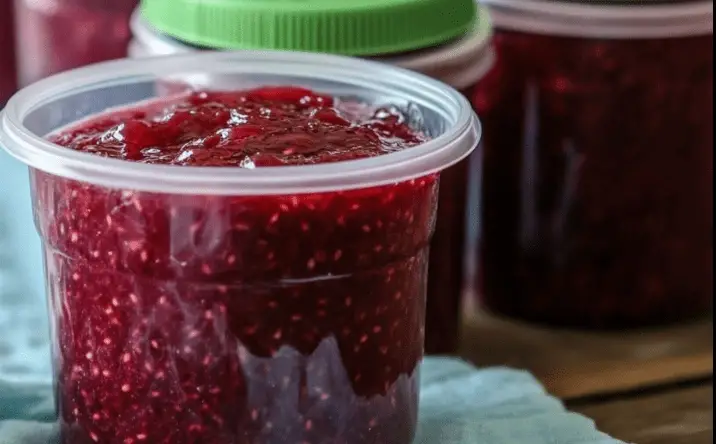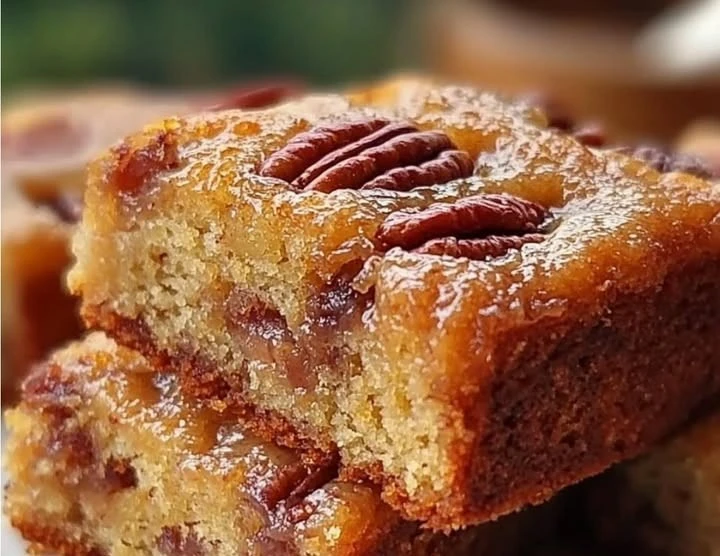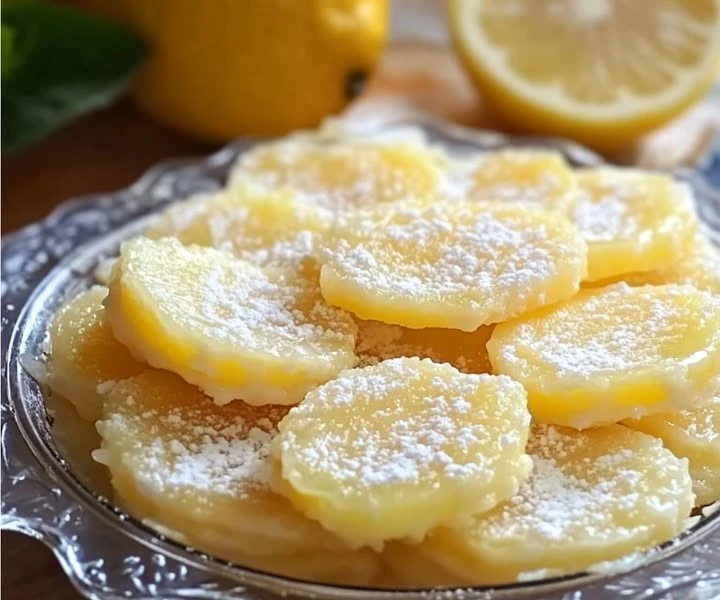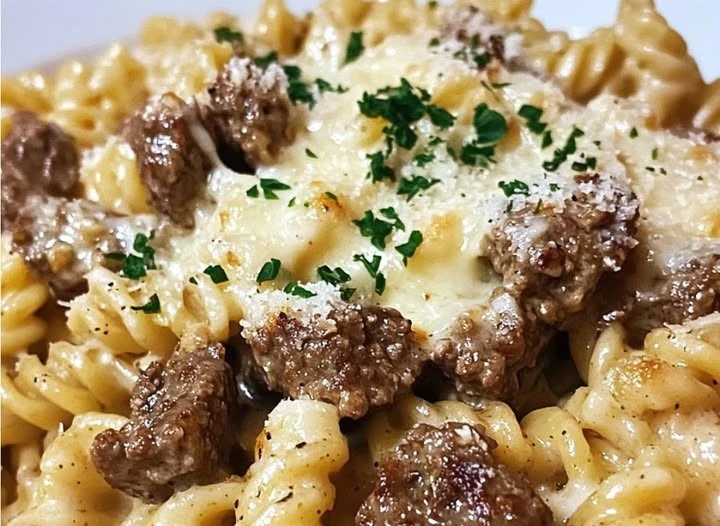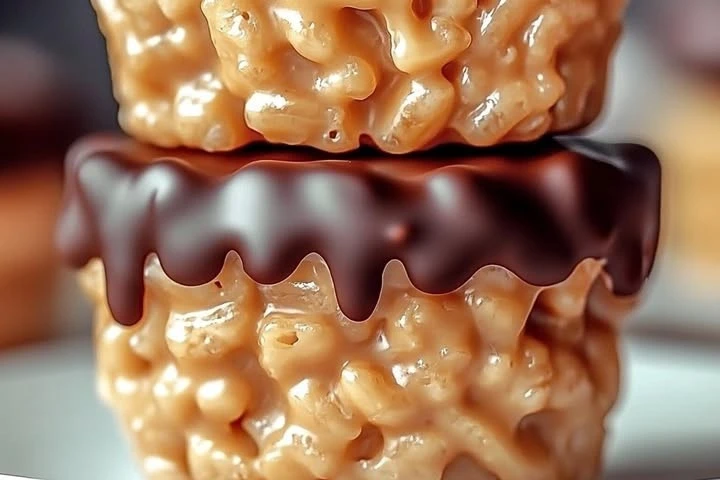Strawberry Popping Boba: A Fun and Fruity DIY Recipe for Your Drinks
If you’re looking to add a refreshing twist to your beverages, this Strawberry Popping Boba recipe is the perfect craft to explore. Not only does it elevate your favorite drinks with juicy bursts of strawberry flavor, but it also gives you the joy of making something playful and satisfying from scratch. Popular in bubble tea and fruit-based drinks, popping boba has become a hit among both kids and adults, thanks to its vibrant look and fun texture.
Making popping boba at home may seem like kitchen magic, but it’s based on simple food science. With just a few ingredients and a little patience, you can create these tiny, flavorful bubbles that pop delightfully in your mouth. Whether you’re looking for a new kitchen experiment or want to impress guests with a homemade drink addition, this craft is a must-try.
Table of Contents
Ingredients
- 1 cup strawberry juice (freshly blended and strained for smoothness)
- 1–2 tablespoons sugar or agave syrup (to taste)
- 1/2 teaspoon sodium alginate
- 1 drop red food coloring (optional)
- 2 cups cold water
- 1 teaspoon calcium lactate or calcium chloride
Instructions
Step 1: Prepare the strawberry mixture
Begin by blending fresh strawberries until they are completely smooth. Strain the blended mixture through a fine mesh or cheesecloth to remove seeds and pulp, resulting in a clear, smooth strawberry juice. Mix in the sugar or agave syrup to adjust the sweetness. Stir in the sodium alginate until well combined, then let the mixture rest for 15 to 30 minutes to allow it to slightly thicken.
Step 2: Create the calcium bath
In a separate bowl, mix the 2 cups of cold water with the calcium lactate or calcium chloride. Stir gently until the powder fully dissolves. This will serve as the setting bath for the boba.
Step 3: Form the popping boba
Use a dropper or small spoon to gently drop the strawberry mixture into the calcium bath. The liquid will instantly form into small, gel-like spheres thanks to the reaction between sodium alginate and calcium. Let each boba sit in the bath for about 30 to 60 seconds to form a thin membrane that keeps the liquid inside.
Step 4: Rinse and store
Carefully remove the boba with a slotted spoon and rinse them in clean cold water to stop the reaction and remove any excess calcium. For best flavor and storage, place the finished boba in a bit of strawberry juice or light syrup. They will stay fresh and delicious for 3 to 4 days when refrigerated.
Benefits of This Craft
Making Strawberry Popping Boba at home offers more than just a tasty topping—it’s also a creative and educational experience. Here’s why this DIY project is worth trying:
- Customizable flavors: You can swap out the strawberry juice for other fruit juices like mango, blueberry, or watermelon to create a variety of flavors.
- No artificial additives: When you make boba at home, you have complete control over the ingredients, including sweetness and color.
- Fun kitchen science: This recipe introduces the basics of molecular gastronomy through a hands-on activity that’s great for both adults and kids.
- Perfect party addition: Homemade boba is a conversation starter and adds an impressive touch to drinks served at parties and events.
- Affordable and fresh: You can make a large batch of popping boba at home for a fraction of the cost compared to store-bought versions.
Tips
For best results, keep the following tips in mind:
- Use cold water for the calcium bath. This helps the boba maintain their shape and sets them more cleanly.
- Drop gently: Use a dropper or syringe to create round, uniform boba. Dropping from too high can cause irregular shapes.
- Let the mixture rest: After mixing in the sodium alginate, allow the strawberry juice to sit. This helps it fully hydrate and improves consistency.
- Don’t overcrowd the bath: Drop a few boba at a time to prevent sticking and ensure even shaping.
- Rinse thoroughly: A good rinse removes any lingering calcium taste and preserves the boba’s fruity flavor.
What Do They Taste Like?
Strawberry Popping Boba offer a surprising burst of sweetness with each bite. They’re soft and juicy on the inside, wrapped in a delicate, thin membrane that pops easily in the mouth. The strawberry flavor is pure and refreshing, enhanced by the natural acidity of the fruit. Their texture is slightly slippery on the outside, much like caviar, but the interior delivers a satisfying liquid core.
Whether you’re adding them to a cold iced tea, sparkling water, fruit smoothie, or lemonade, they bring not only flavor but also a fun, dynamic texture. The added drop of food coloring gives them a vibrant red hue that visually enhances any drink they’re added to.
How to Store
To keep your Strawberry Popping Boba fresh and flavorful, follow these storage guidelines:
- Refrigerate: Store the finished boba in the refrigerator in an airtight container. Add a few tablespoons of strawberry juice or simple syrup to keep them moist and prevent drying.
- Consume within 3–4 days: For the best texture and flavor, enjoy your homemade boba within a few days of making them.
- Avoid freezing: Freezing can cause the membrane to rupture or toughen, which compromises the popping texture.
- Keep them submerged: Always store the boba fully submerged in liquid to prevent them from sticking together or drying out.

Making Strawberry Popping Boba at home is a deliciously creative project that brings flavor, fun, and a bit of science into your kitchen. With just a few ingredients, you can make these popping pearls that elevate your beverages with a touch of fruity surprise. Whether you’re exploring new drink toppings or crafting a refreshing treat for a special occasion, this recipe delivers both flavor and satisfaction.
The entire process, from blending the fruit to watching the spheres form in the calcium bath, is both fascinating and rewarding. The result? Beautiful, juicy boba that make any glass more colorful and enjoyable. This project is perfect for curious cooks, families looking for engaging activities, or anyone who loves a little kitchen magic.
If you enjoyed making these fruity boba, don’t stop here. Discover even more refreshing ideas and creative lunch recipes by visiting More DIY craft ideas on our site and bring new flavors to your everyday meals.
FAQ
Can I use bottled juice instead of fresh strawberries?
Yes, but make sure it’s 100% juice without added pulp. Strain it again to ensure smoothness before mixing.
Is sodium alginate safe to use?
Yes, sodium alginate is derived from seaweed and is commonly used in food production. It’s safe when used in small quantities for culinary projects like this one.
Can I reuse the calcium bath?
You can reuse it for the same session, but discard it after a few hours as its effectiveness decreases over time.
Can I add these boba to hot drinks?
No. Heat will break down the outer membrane, causing the boba to lose their popping texture. They’re best enjoyed in cold beverages.
Do I have to use food coloring?
No, it’s optional. The natural color from strawberry juice is often enough, but food coloring can enhance visual appeal.
Is it possible to flavor the boba differently?
Absolutely. Swap strawberry juice for any other fruit juice, as long as it’s well-strained and smooth.
Can I make the boba ahead of time?
Yes, but they are best used within 3–4 days. Store them properly in the refrigerator with a bit of syrup or juice.
Why are my boba misshapen?
Dropping the mixture from too high or overcrowding the bath can cause irregular shapes. Use a dropper and go slowly for the best results.
Can I make this without sugar?
Yes. The sweetness is adjustable. You can skip it or use natural sweeteners like agave or stevia.
What is the texture like compared to tapioca pearls?
Popping boba are juicy and burst in the mouth, while tapioca pearls are chewy. They offer completely different sensory experiences.

